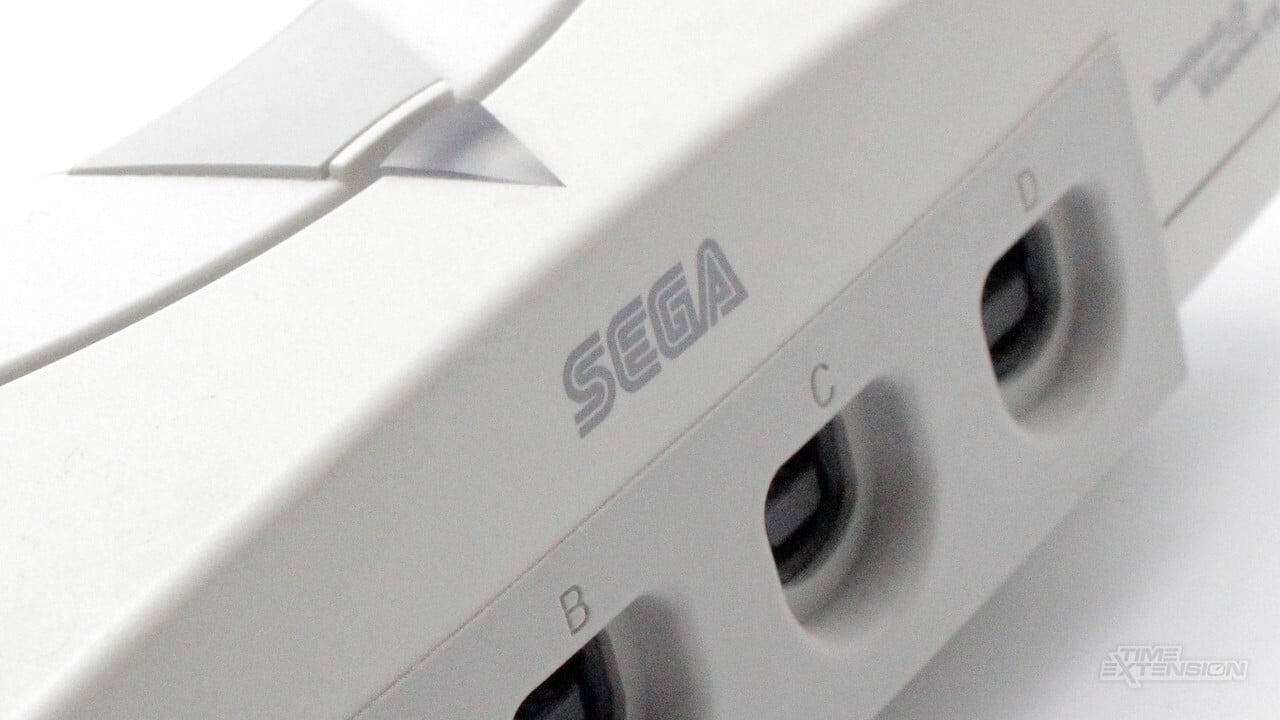‘SuperSega’ FPGA Console: A Comprehensive Sega Experience
A team of dedicated Spanish Sega fans is working on creating an innovative console named ‘SuperSega’. This console promises to offer a wide range of gaming experiences by replicating the performance and features of various classic Sega systems, including Mega Drive / Genesis, Master System, SC-3000, SG-1000, Saturn and Dreamcast. The use of a Virtex Ultrascale+ FPGA chip is aimed at providing accurate and efficient emulation across these consoles.
-
Emulation Features
- WiFi and Bluetooth connectivity
- SD card slot
- CD / DVD reader / writer in the optical drive
- Eight joystick ports for original Sega controllers,
- USB ports
-
Team Behind ‘SuperSega’
- Alejandro Martin (Computer Engineer) and his team, including Tony Hernandez, Carlos Lopez, and Cristina Burgués are driving this project forward.
-
Current Status
- The team is currently in the development phase, aiming to create a working prototype before launching any crowdfunding campaigns.
- Burgués has stated that all Sega’s console games up to Saturn are almost in a playable state. A few Dreamcast games are also reportedly playable.
-
Skepticism and Anticipation
- The response online is mixed, with many viewers questioning the feasibility of this ambitious project and its ultimate success.
- Despite concerns, the ‘SuperSega’ FPGA console offers an exciting prospect for Sega fans who dream of owning a console that can cater to all their favorite classic systems in one.
Do you believe the ‘SuperSega’ FPGA console will become a reality or is it just another vapourware project?



This basically sounds too good to be true. Making an FPGA core for 1 console is already a challenge, but making a new console that uses multiple cores and plays hundreds of games perfectly? Not gonna be easy.
Especially since they also want to add many more hardware features. The disc drive in particular stands out. I really wonder how they are planning to make all of this work. It’s like they want to recreate the hardware accurately but also add features.
Will the FPGA core be less accurate because of this? Or will it emulate the real hardware perfectly with these extra features added by another chip? Probably the latter, but I’m really looking forward how this is gonna work out nonetheless.
Definitely an interesting project.